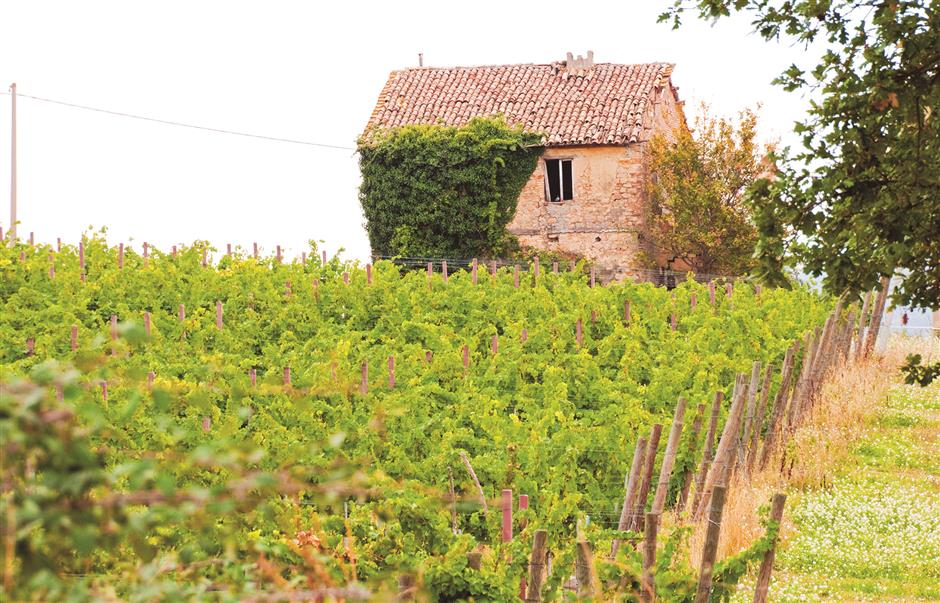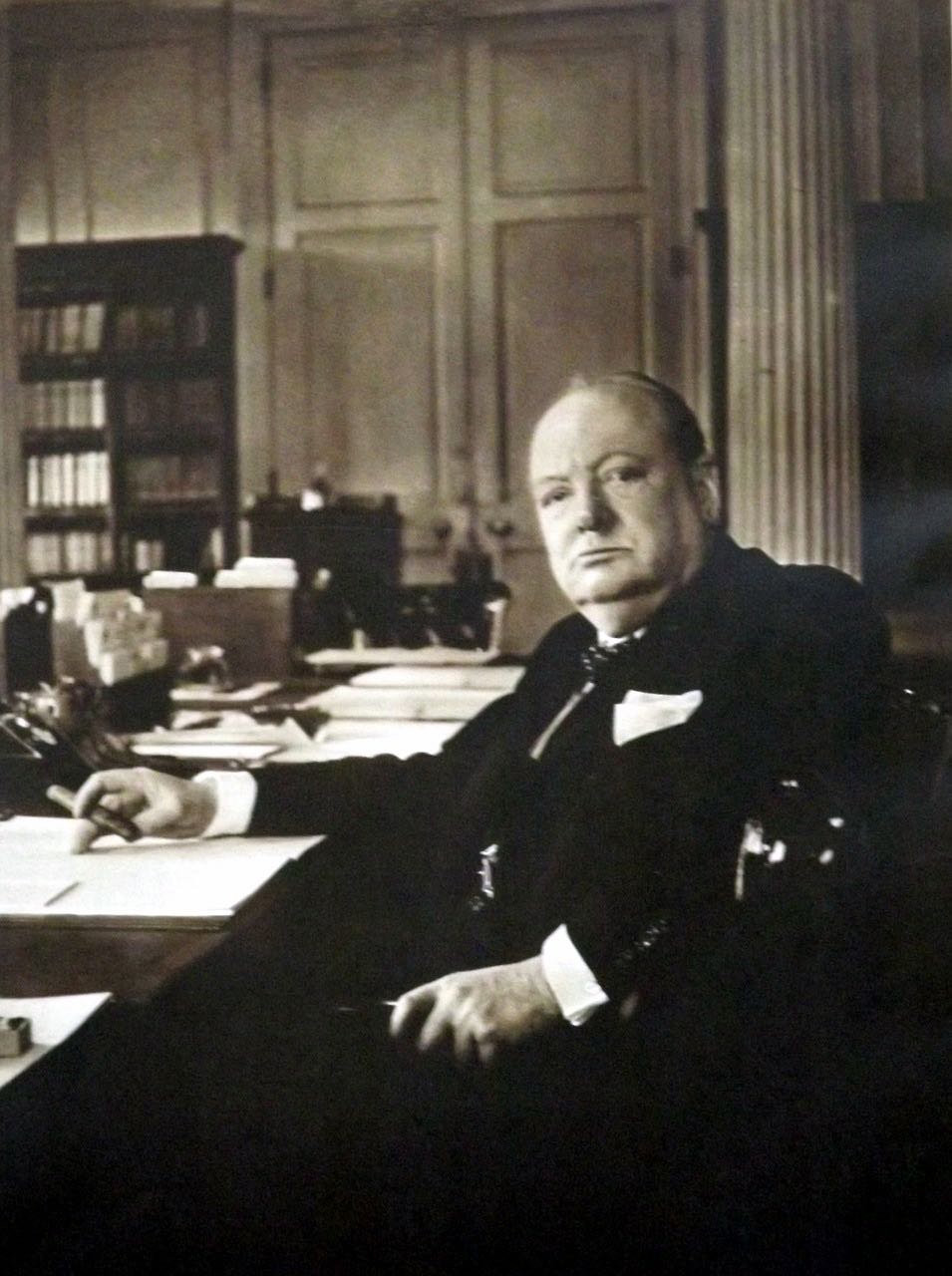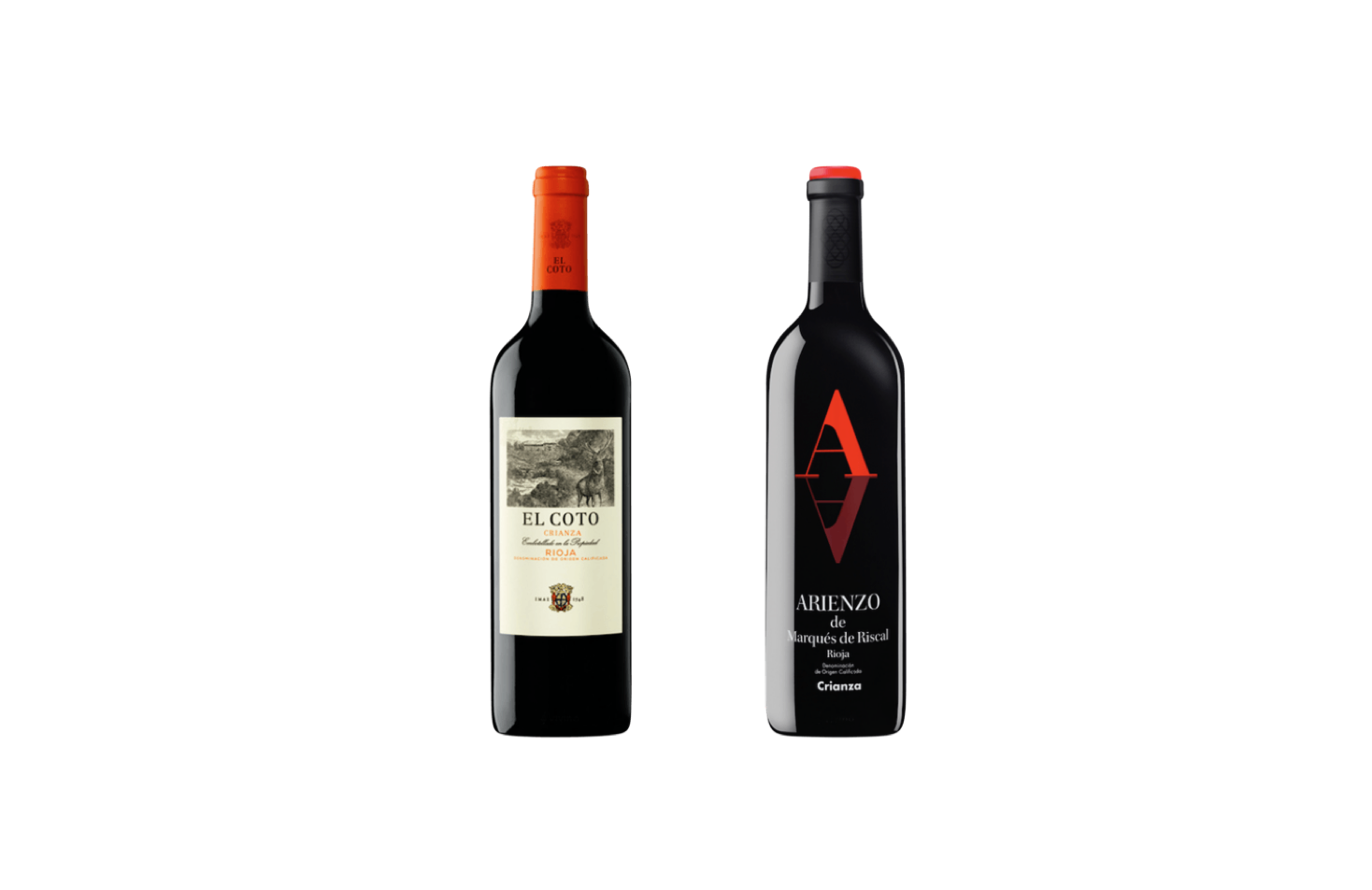Summary
Many of the world’s most delicious foods are decidedly unhealthy. In witness Li Anlan’s iDEAL feature article today you’ll see that China, along with most of the rest of the world, has a deep and abiding affection for greasy deep-fried foods. Delectable yes; healthy, no! But fret not, I have a solution that will make these fried foods more delicious and digestible. Readers shouldn’t be surprised that my solution is wines.
The two most important qualities that make wines ideal companions to deep-fried foods are acidity and tannins. The former is the most important.
Acidity in wine is an appealing characteristic that enhances the fresh and crisp qualities of the beverage and also plays a key role in making wines deep-fried food friendly.
The various acids in wines break down fats in food and facilitate digestion. They also highlight and enhance the flavors of the ingredients.
Some acids are naturally present in grapes, while others are the byproduct of the fermentation process. Natural acids like tartaric, malic and citric acids impart the freshest and purest flavors in a wine, while lactic, succinic and acetic acids that result from fermentation tend to give milder and more complex flavor sensations. Professionals often use descriptors like fresh, tart, zingy, crisp, tart, sour and zesty. No need to be confused, they are all related to the acidity in a wine.
Generally speaking, white wines have greater acidity than red wines. When wine people comment about the balance in white wines, they are primarily talking about the fruit versus acidity. Balance in red wine pertains mostly to the fruit versus tannins, though several red varieties and styles also have a high degree of acidity. With this in mind let’s pick two white wines as well as a red to beat the grease!
Named after an ancient hilltop town in Umbria, Orvieto white wines are blends of the Italian varieties Trebbiano, Malvasia, Verdello, Grechetto and sometimes Drupeggio. Tebbiano is the most important component of this blend.
Despite a history that dates back to Roman times, wine experts have long maligned the Trebbiano variety as having poor pedigree.
Traditionally, this high yield grape was used to make indifferent white thirst quenchers. They were consumed in quantity with little thought and respect for quality.
But times have changed and an increasing number of Orvieto producers are making excellent wines with pristine and fresh qualities.
The best Orvieto tend to have a high percentage of Grechetto as this variety adds fruitiness and weight to the wine. Look for the words classico and superiore on the label when looking for an Orvieto.
Classico means the grapes come from the more coveted elevated and sloped traditional growing areas near the town while superiore designates wines that meet more stringent appellation alcohol and aging requirements.
Orvieto wines should be enjoyed young, within two to three years of the vintage.
Recommended Orvietos include: Antinori Santa Cristina Campogrande Orvieto Classico, Ruffino Orvieto Classico, Piccini, Bigi and Ovieto Classico.
Another choice is Chablis. Lovers of oaky and creamy Chardonnays may wonder why I pick a 100 percent Chardonnay wine as my grease beater. Mainstream Chards are known for their affinity for greasy foods.
However, Chablis is different and a perfect wine for people who want something different because Chablis wines are more fresh, delicate and eminently racier than the more fruity, oaky and rounder mainstream Chardonnays.
Chablis wines also exhibit distinctive steely or mineral characteristics and these qualities make Chablis wines among the best companions to deep-fried foods.
Grand and Premier Cru Chablis wines are the most complex and best of the region but the better grease-beating partners are the more simple Petit Chablis AC and Chablis AC wines.
These light and lively wines exude vivacious tart qualities that easily cut through the greasiest of foods.
In Shanghai, you can find good value and quality Petit Chablis and Chablis AC wines made by Louis Jadot, Joseph Drouhin, Larouch, Chanson and Louis Latour.
Chianti
One of Italy’s most food-friendly red wines, Chianti has all the tributes needed to be a great grease buster.
This Sangiovese based wine from the rolling hills of Tuscany features an attractive light ruby red color and ample scents and flavors of red cherry, strawberry and budding flowers with a good acidic backbone.
More weighty and structured Riserva or Gran Selectione level Chiantis are wonderful wines that are perfect for noble meat cuts but with deep-fried foods, I definitely prefer the lighter basic Chianti DOCG wines because they’re more acidic.
Over the past few decades the best Chianti producers have been using better quality, lower yield Sangiovese clones that are more suitable for their soil and climate and have upgraded their overall winemaking process.
As a result, today you are much more likely to find pleasant, easy-drinking fresh Chianti wines than ever before. Producers to look for include: Ruffino, Piccini, Sensi, Antinori and Bigi.
No matter what’s your grease busting quencher of choice, remember to serve the wines chilled. The Petit Chablis, Chablis AC and Orvieto wines are best at about 8 Celsius and the Chianti DOCG reds about 14-15 Celsius.





